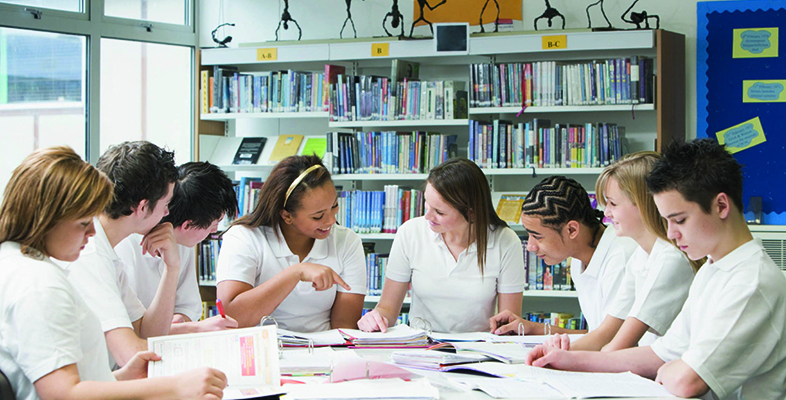2.5 Embodied cognition
This is a relatively recent theory, emerging in the 1980s through the work of Lakoff and Johnson (1980), although it has roots in earlier discussions in philosophy, psychology and artificial intelligence.
The theory proposes that cognition (thinking) develops through physical interaction with the world (Thelen, 1995). Lakoff and Johnson argue that our learning and understanding is dependent on our perceptions and our experiences through our sensori-motor systems – we learn by doing/experiencing. More simply, think about learning situations in which we ‘doodle’ or pace the floor or gesticulate; these are all examples of physical activity supporting cognitive activity.
Embodied cognition theory appears similar to that of situated cognition, but whereas that theory regards cognition as concerned with abstract representations of the world, embodied cognition theorists believe that there is more to cognition than mental representation.

This theory seems to imply that a teacher would:
- provide an environment rich in artefacts, tools and equipment
- set tasks in which students are engaged in activity involving their senses (touch, sight, hearing, and so on).
As with the other theories, this one has its critics. Other theorists argue that the complex world in which we live requires us to develop meaningful representations, in which case not all learning needs to be physically embodied.
Activity 5 Learning theories in action
This activity will help you to think about how learning theories can influence classroom teaching.
Download the word document, Learning theories in practice [Tip: hold Ctrl and click a link to open it in a new tab. (Hide tip)] , and complete the table by adding:
- one or two key points about each learning theory
- one example of how the theory might influence classroom practice.
Information on ‘Embodied cognition’ has been completed for you as an example.
